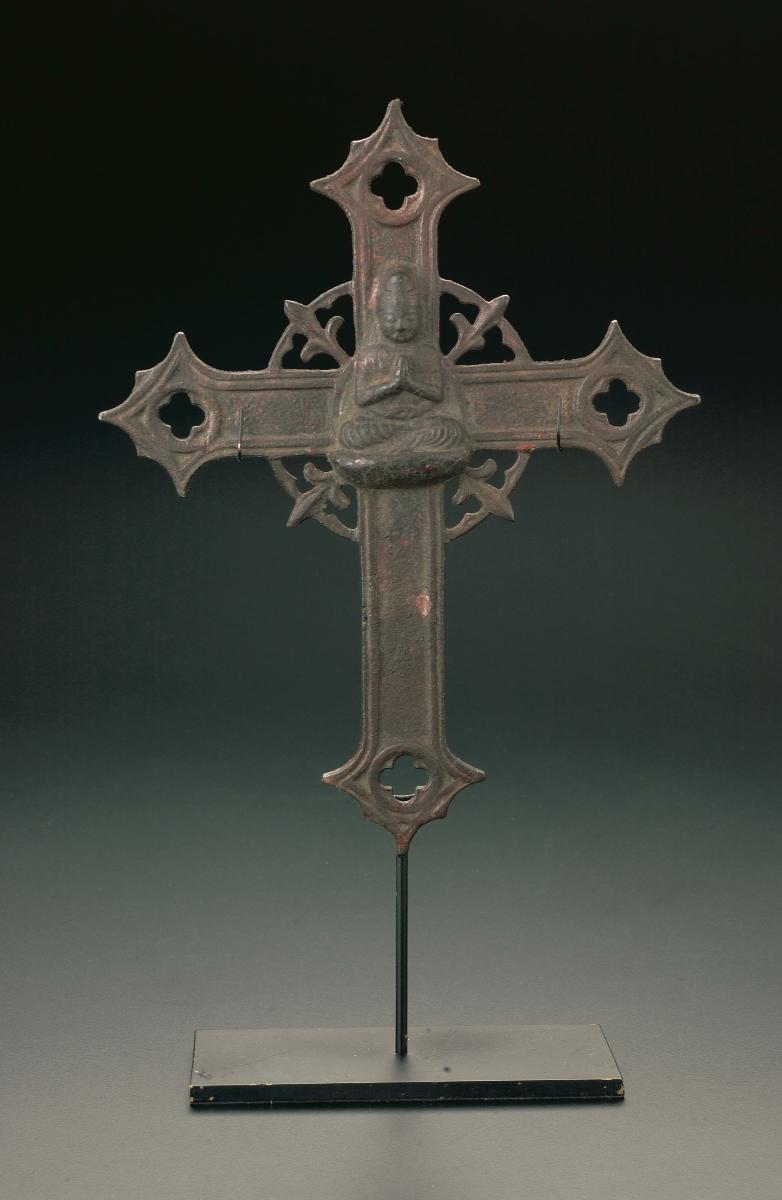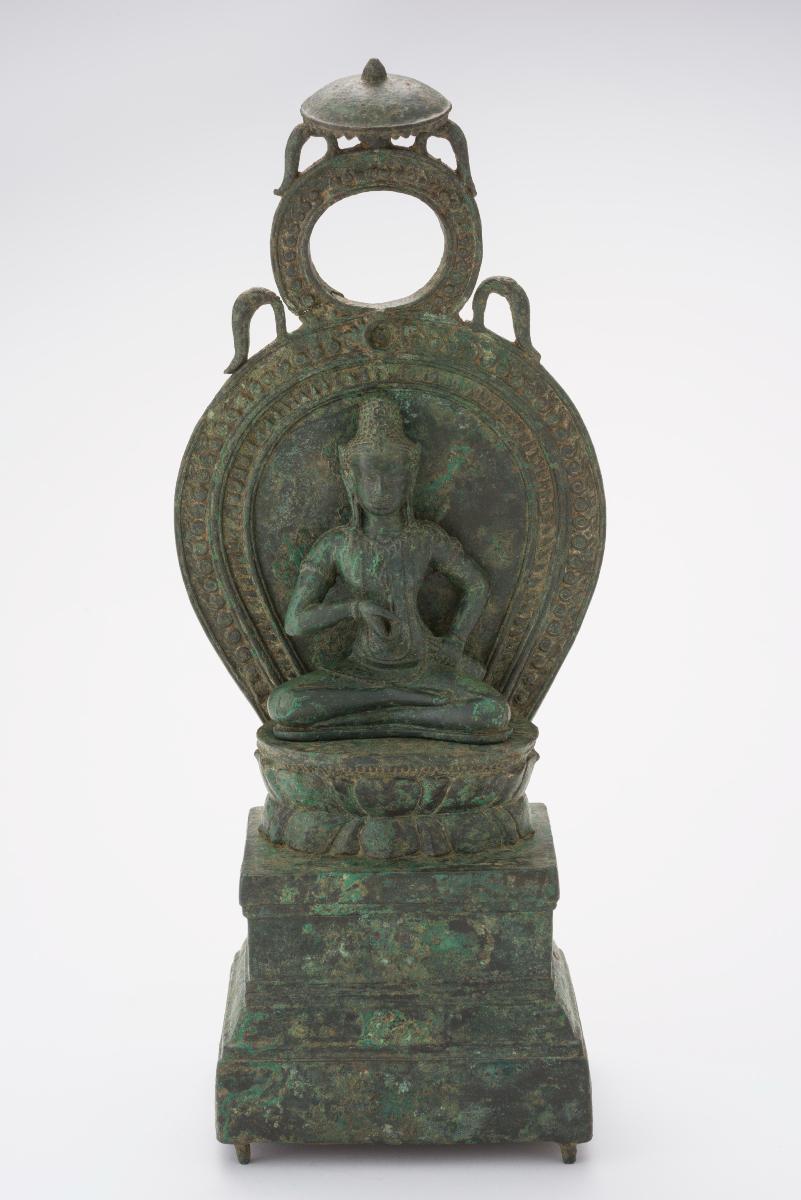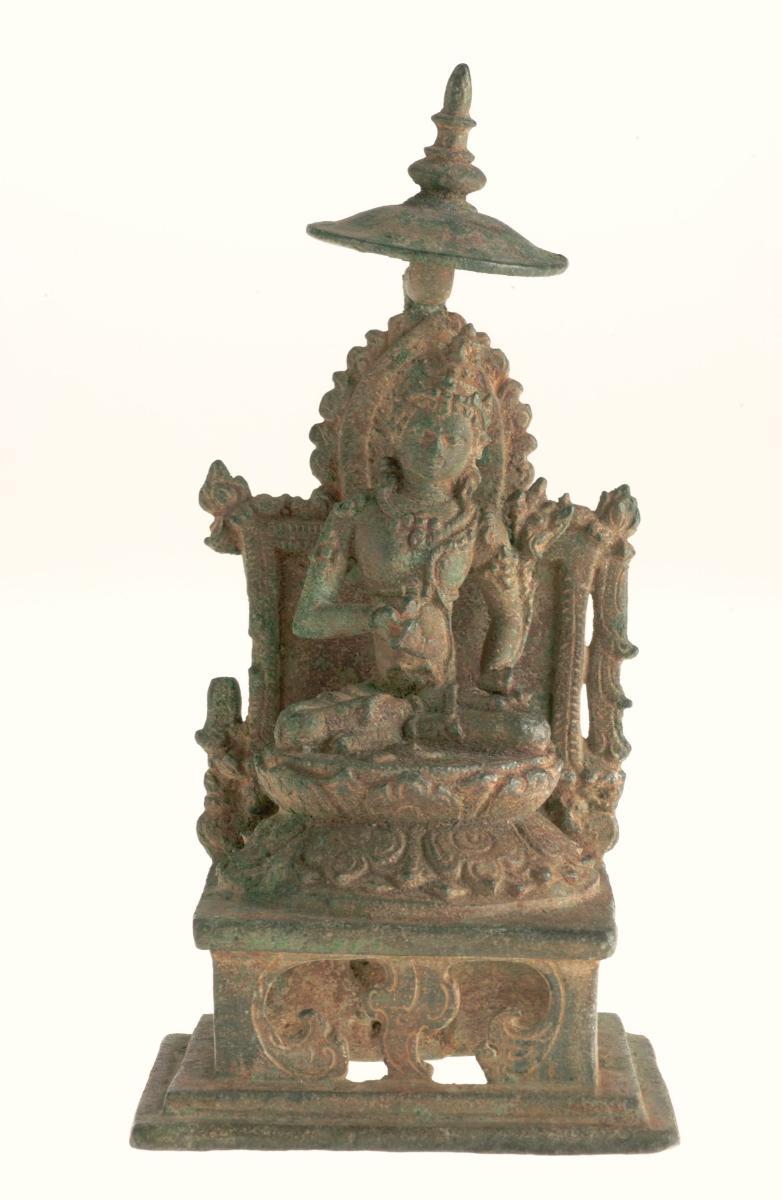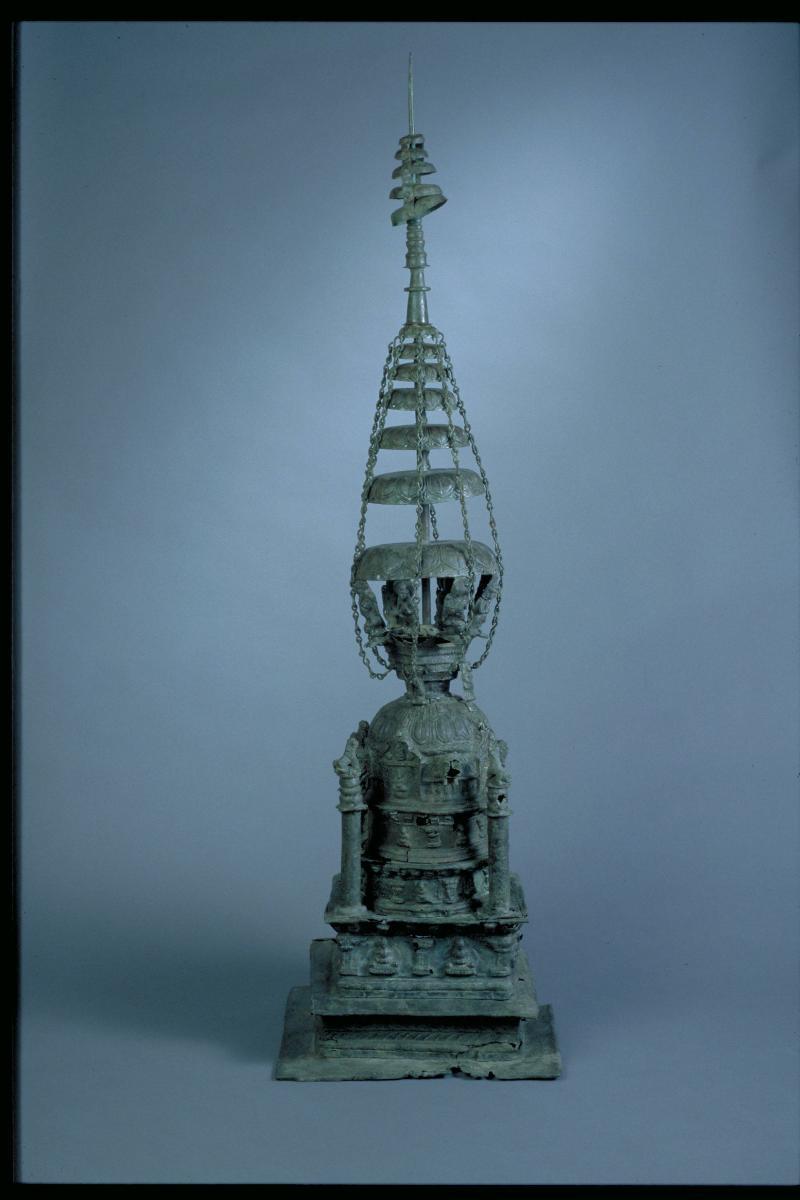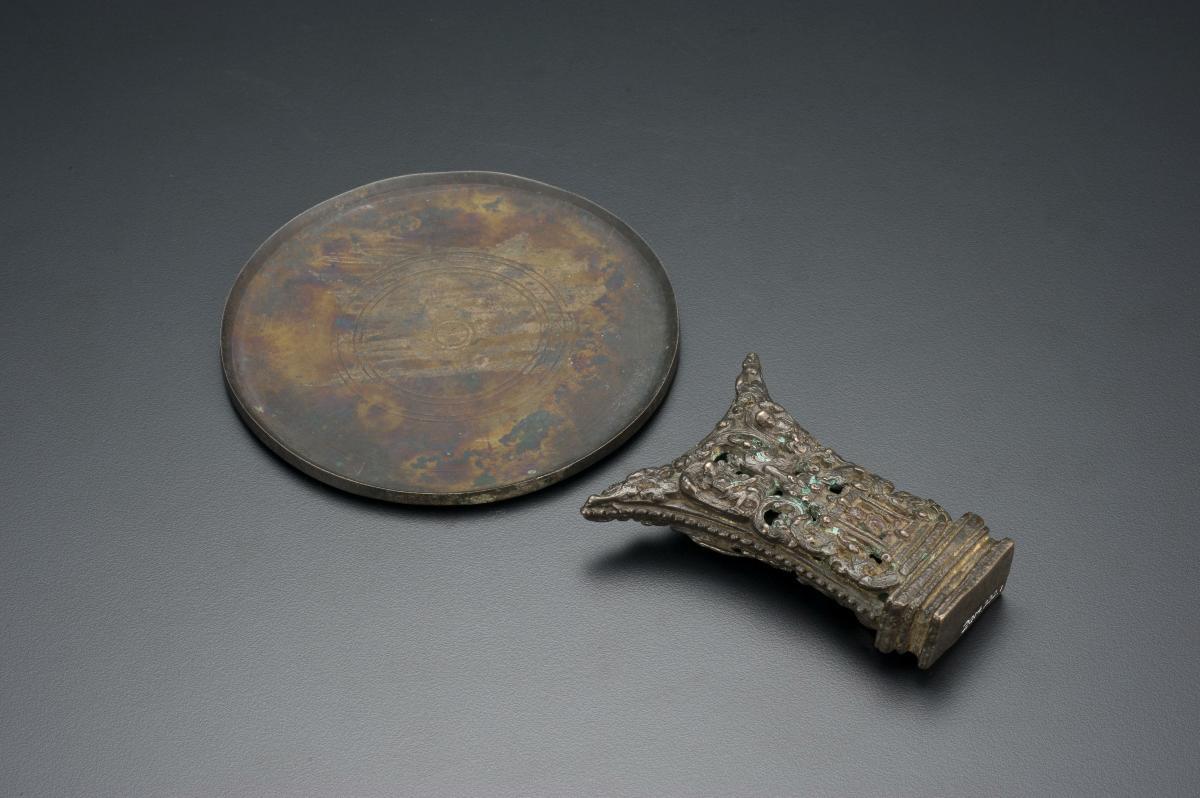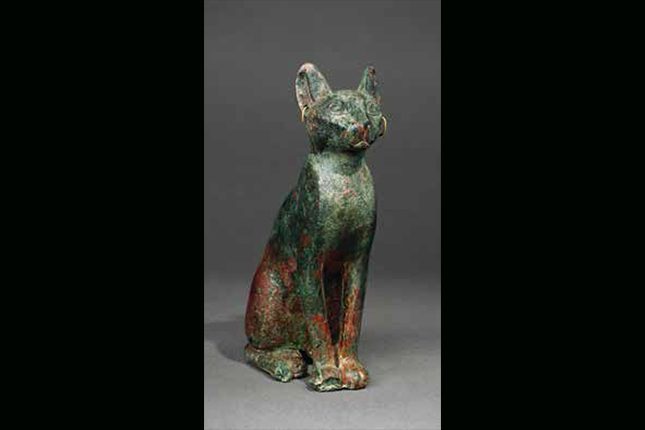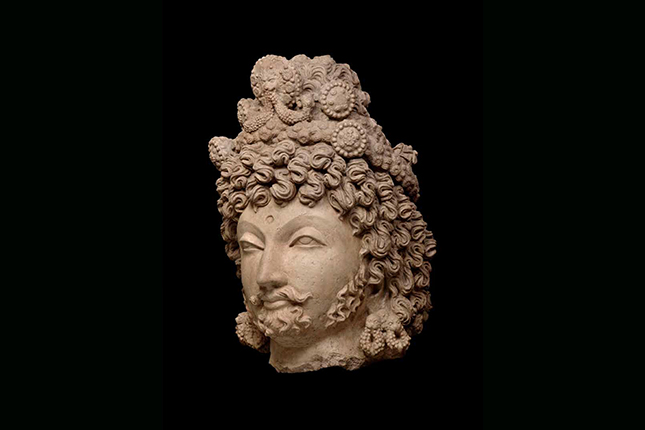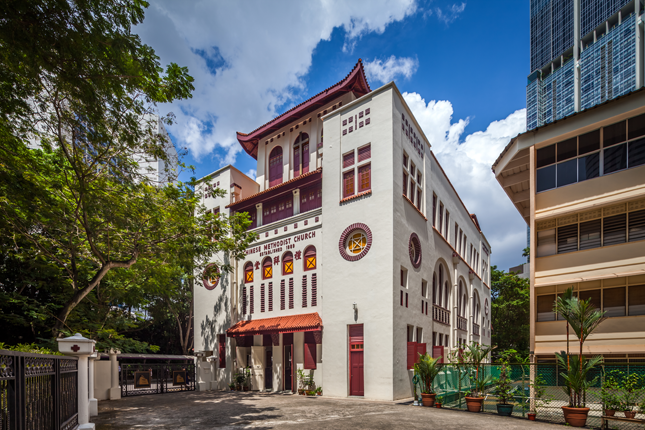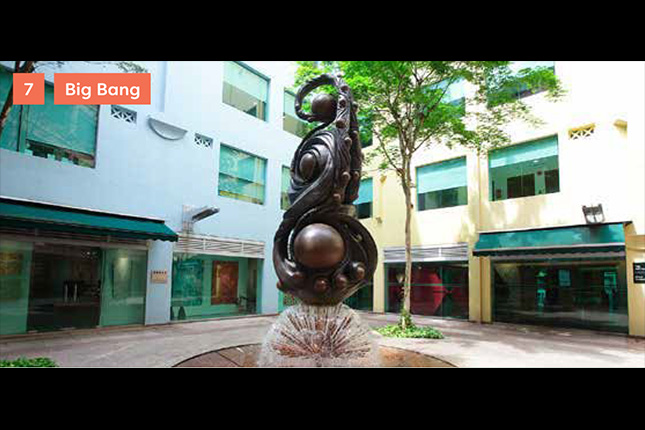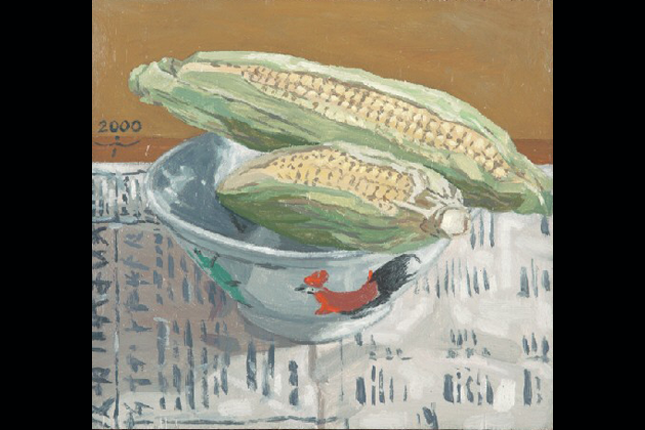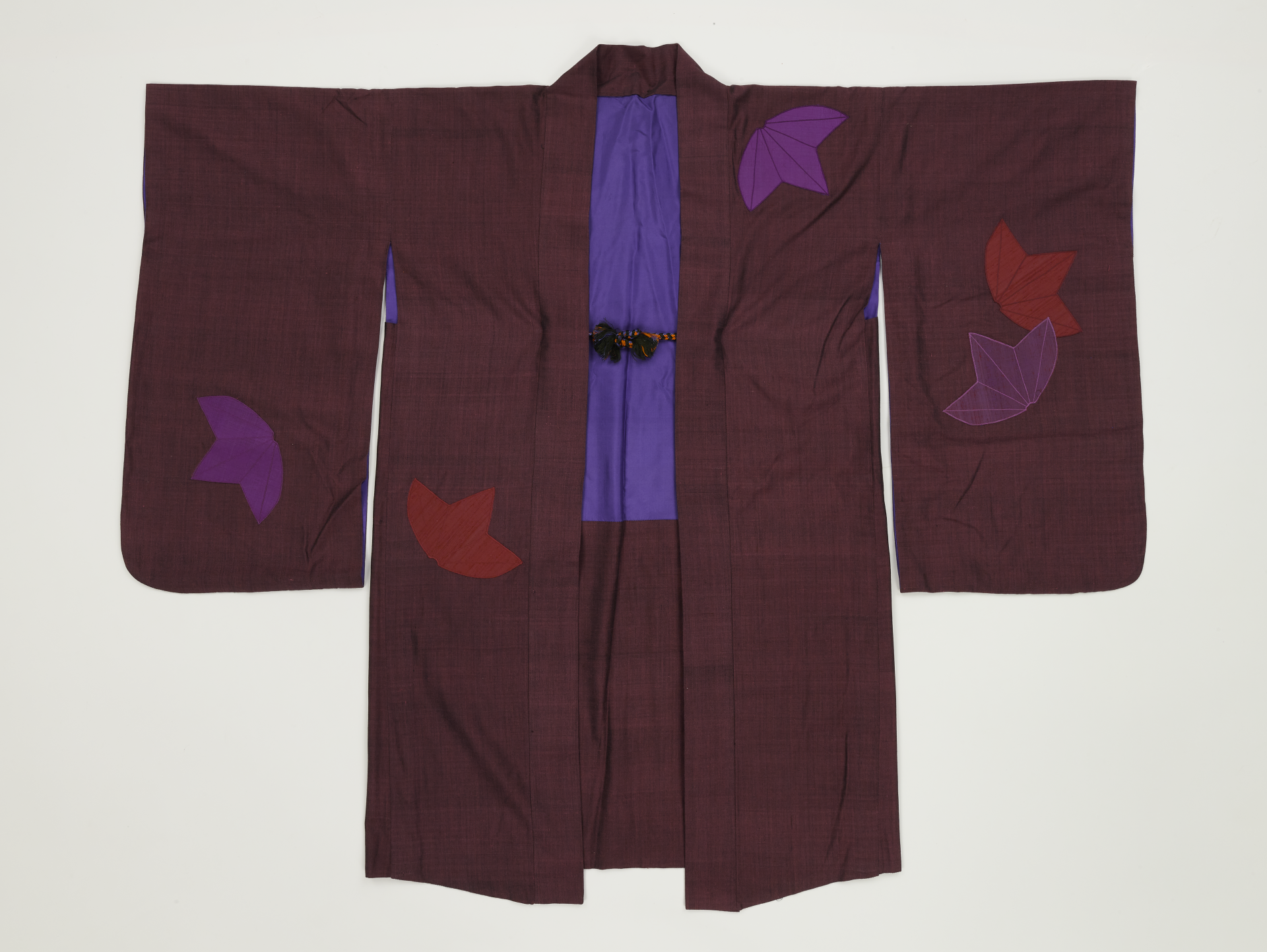This object integrates both Christian and Buddhist symbols. It is cast as a Christian cross with a figure of Amida Nyorai at the centre replacing the figure of Christ, where it is traditionally placed. The object tells an emotional and important event that occurred in Japan in which people were hiding their religious beliefs under state oppression. Christianity was forbidden by the Tokugakawa shogunate in 1639. The authorities confiscated and destroyed most Christian symbols. A group of indigenous Japanese Christians (kakure kirishitan) in order to survive the severe government persecution were forced to conceal their Christian faith and worshipped Buddha in public but secretly continued their practices. They employed personal devotional objects in which symbols of Christianity and Buddhism within their world of faith co-existed. Devotional objects as such demonstrate the strong faith of the Japanese Christians and give evidence of the faith not from the framework of Christian faith but within the context of Japanese culture.




